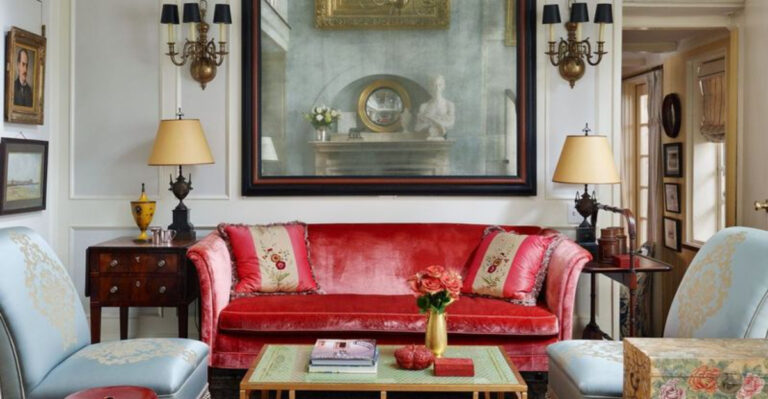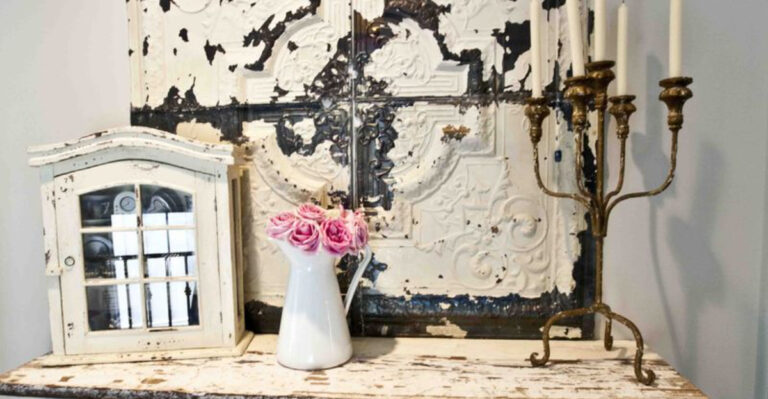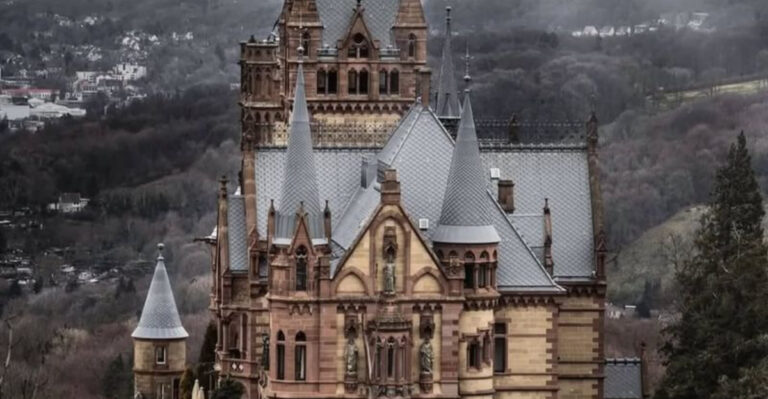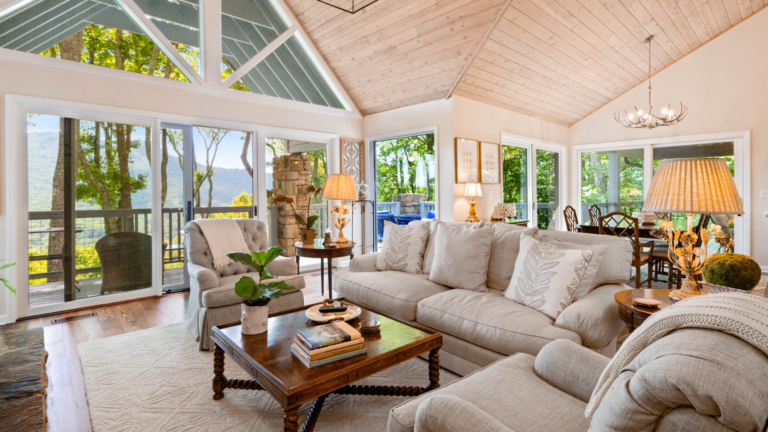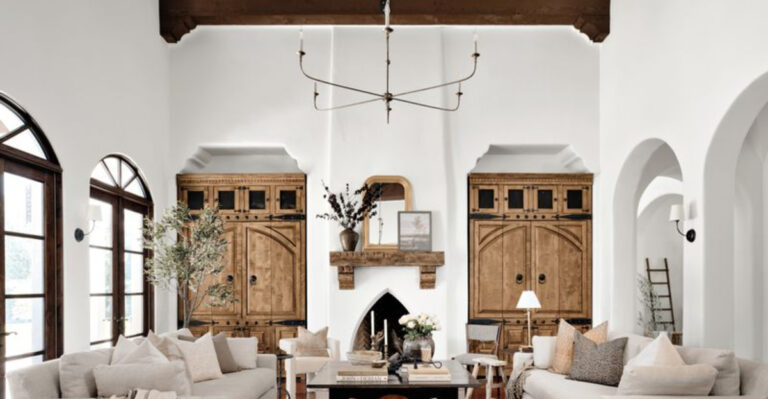19 Retro Dream Homes That Feel Like Stepping Into A Time Machine
Ever walked into a house and felt like you’ve traveled back in time? Retro homes capture the essence of bygone eras with their unique designs, vintage furnishings, and nostalgic vibes.
From the psychedelic patterns of the ’60s to the wood-paneled basements of the ’70s, these homes preserve the charm and character of decades past while making us wonder if we accidentally stumbled onto a movie set.
1. The Groovy ’70s Sunken Living Room
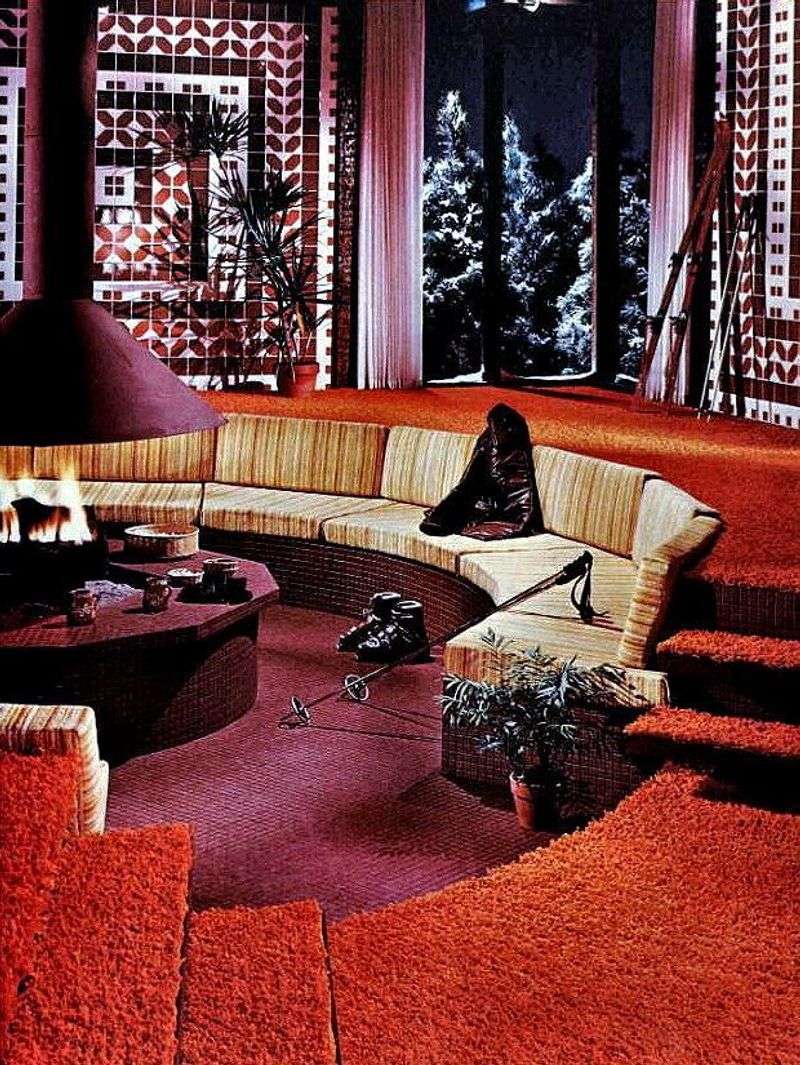
Sunken living rooms scream ’70s swagger with their conversation-pit vibes and shag carpeting that swallows your feet whole.
The architects who designed these retro treasures clearly wanted people to literally step down into relaxation. Orange, brown, and avocado color schemes dominate these spaces, while massive stone fireplaces serve as the dramatic focal point.
Sometimes, these cozy nooks feature built-in seating that wraps around like a hug from your favorite disco-era aunt.
2. Mid-Century Modern Marvels
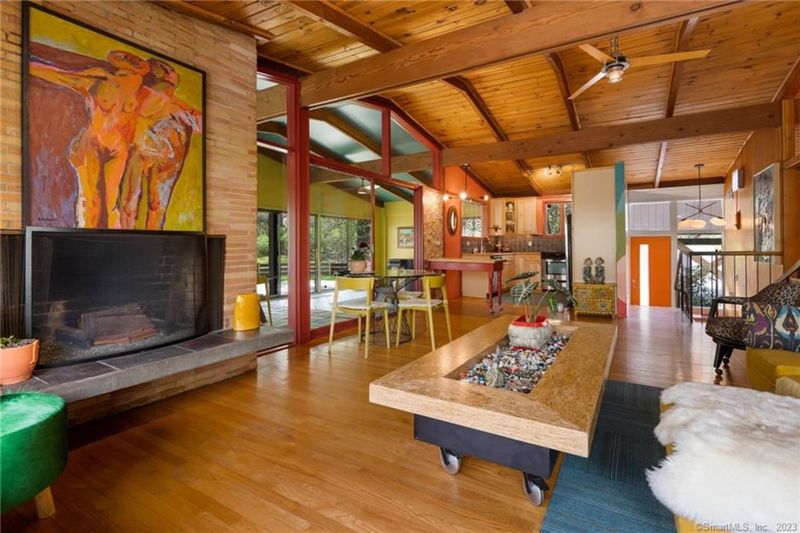
Where clean lines meet funky furniture, mid-century modern homes continue to make design enthusiasts weak in the knees.
These architectural gems feature floor-to-ceiling windows that bring the outdoors in, making you feel like you’re camping but with martinis and Eames chairs. Flat planes, large glass windows, and integration with nature define these 1950s-60s beauties.
There’s something magical about walking into a space with a butterfly roof and Danish modern furniture that makes you want to mix an Old Fashioned and put on some vinyl.
3. Pink Bathroom Wonderlands
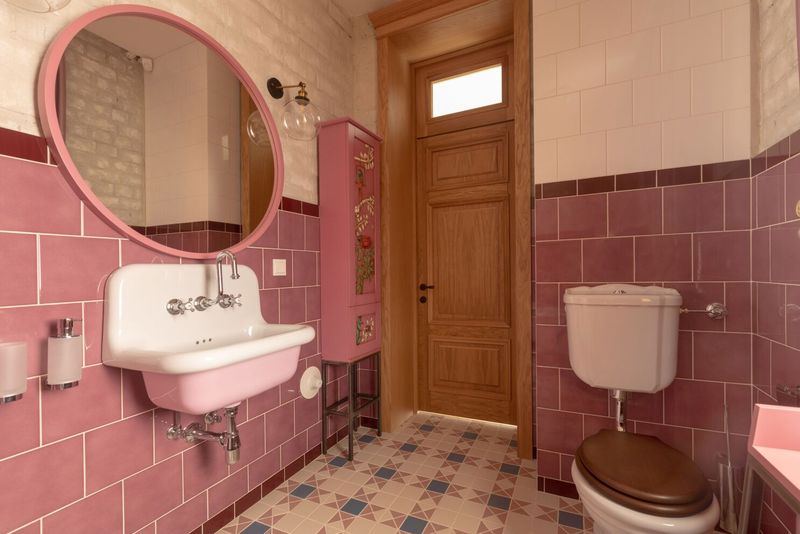
Flamingo pink tiles, matching toilets, and shell-shaped sinks transform ordinary bathrooms into cotton candy daydreams.
These 1950s bathroom beauties have somehow survived decades of renovation trends, standing proud like pastel time capsules. Matching pink tubs, toilets, and sinks create a coordinated look that today’s designers would call “committed to the bit.”
Though ridiculed in the 90s, these rosy restrooms now have dedicated preservation societies fighting to save them from the sledgehammer of modernization.
4. The Wood-Paneled Den
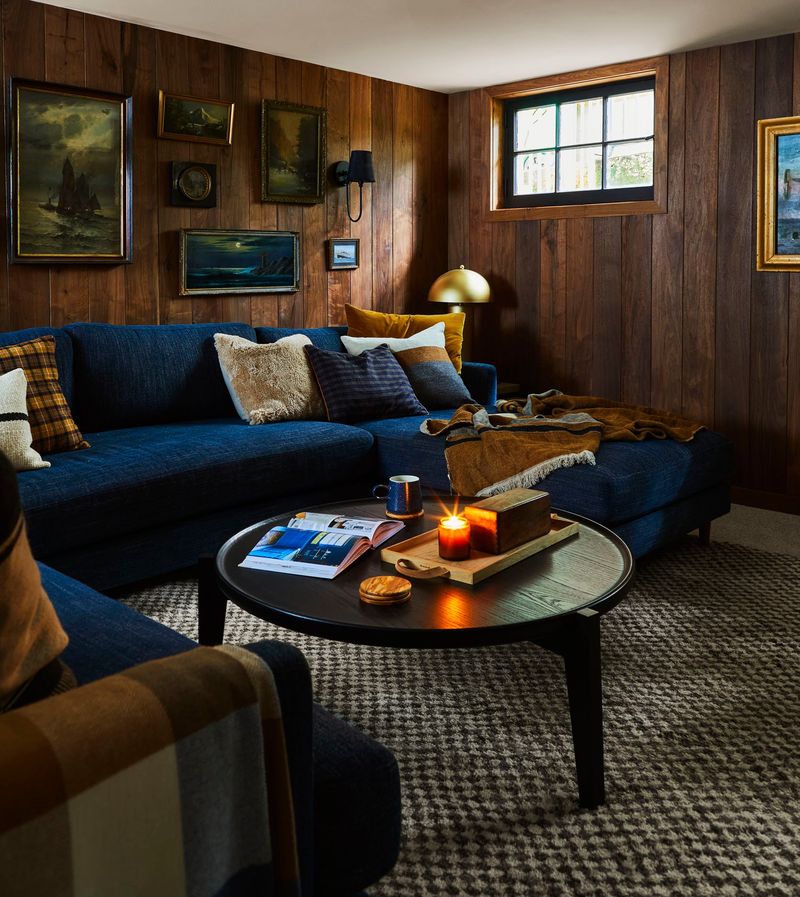
Nothing says “1970s dad territory” quite like a wood-paneled den with built-in bookshelves and a recliner positioned perfectly for TV viewing.
These dark, cozy rooms were the original man caves before we had a name for them. Hunting trophies and vintage beer signs often adorn the walls, while a well-worn leather chair sits ready for weekend football watching.
If you listen carefully, you might hear the ghost of sports announcers past or the phantom click of Dad’s channel-changing habits.
5. Atomic Age Kitchen Wonders
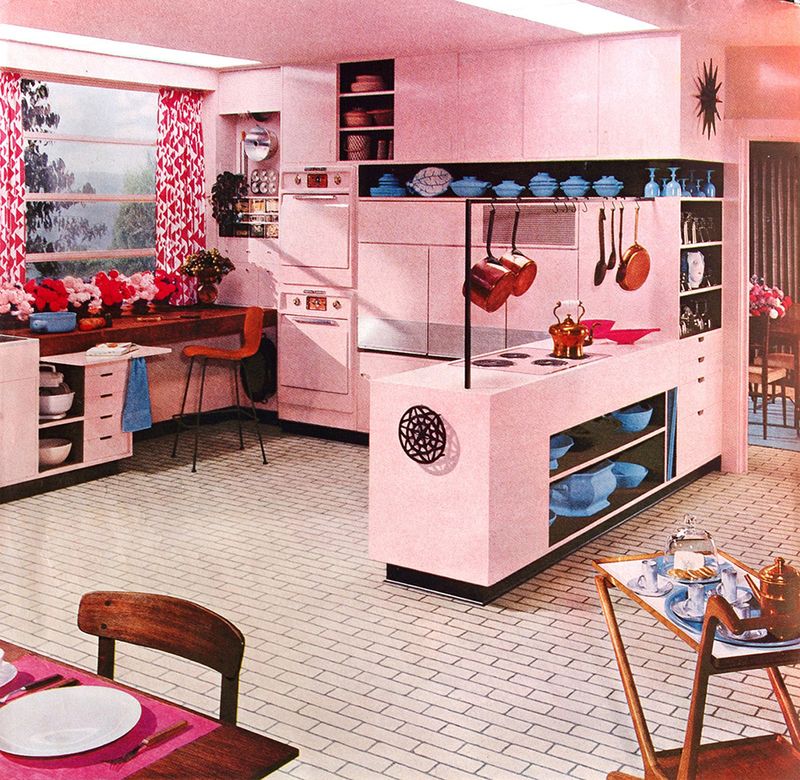
Boomerang patterns, chrome details, and pastel appliances make atomic age kitchens the happiest rooms in the house.
These 1950s cooking spaces look straight out of The Jetsons, minus the flying cars and robot maids. Formica countertops with gold flecks shimmer under fluorescent lighting, while starburst clocks tick away on mint-green walls.
The refrigerators from this era hum with personality, rounded and cheerful like well-fed cartoon characters guarding your leftovers.
6. The Conversation Pit Revival
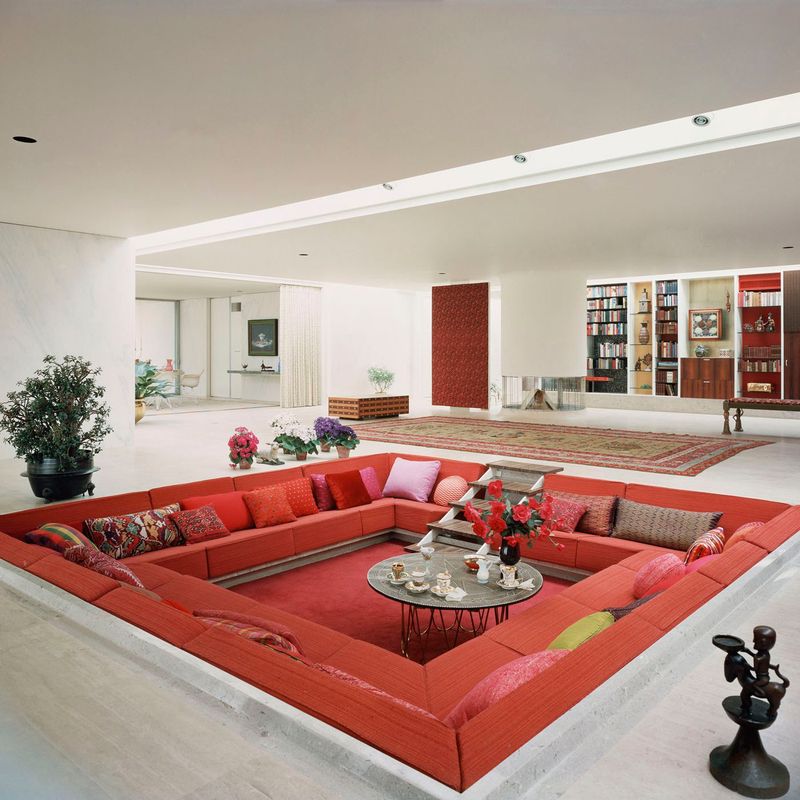
Imagine stepping down into a cushioned wonderland where the entire floor is essentially one giant couch.
Conversation pits were architectural social media before social media existed – designed specifically to encourage face-to-face interaction. Originally popular in the 60s and 70s, these sunken seating areas centered around a fireplace or coffee table create instant intimacy.
The bold colors and plush upholstery make you want to throw a fondue party immediately, even if you’ve never made fondue in your life.
7. Space Age Bachelor Pads
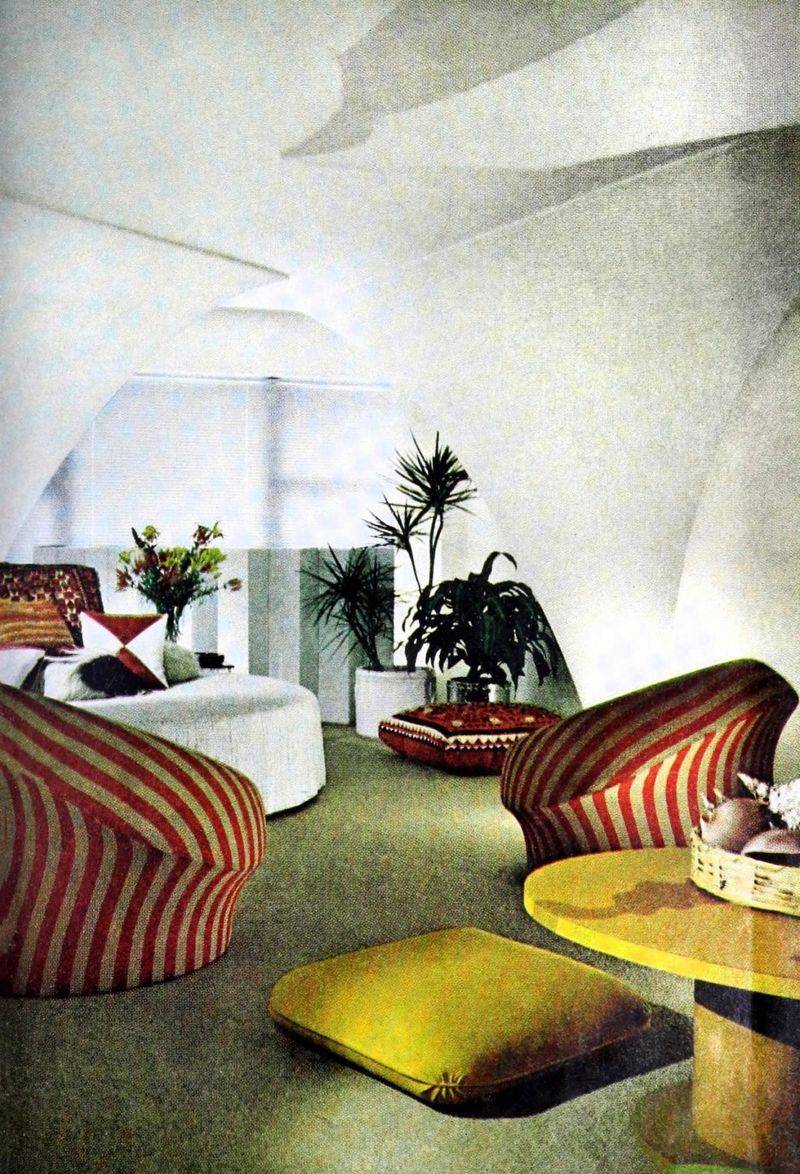
Curved walls, pod chairs hanging from the ceiling, and circular beds make space age bachelor pads the epitome of swinging 60s cool.
These futuristic lairs look like they were designed for a Bond villain with excellent taste in furniture. White plastic and molded fiberglass dominate these spaces, creating an almost clinical backdrop for pops of primary colors.
Lava lamps bubble in corners while built-in stereo systems wait to blast Herb Alpert at the touch of a button – the ultimate mod mood setters.
8. Avocado Green Appliance Kingdoms
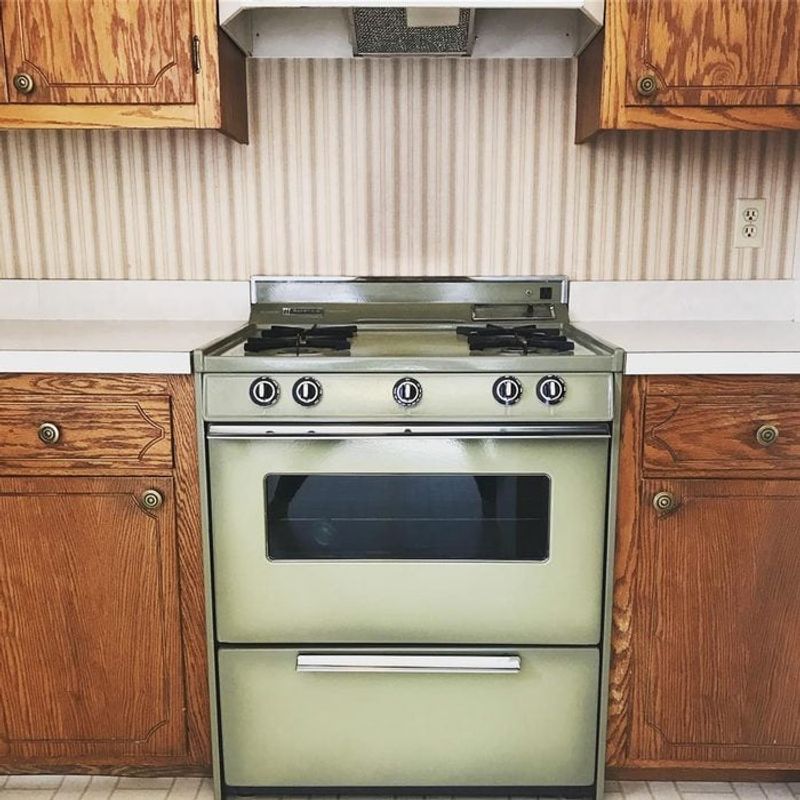
Avocado green refrigerators, stoves, and dishwashers ruled the 1970s kitchen landscape like mossy monarchs.
These colorful appliances made bold statements long before stainless steel became the boring default of modern kitchens. Paired with harvest gold countertops and oak cabinetry, these green machines created a earthy palette that somehow worked despite all logic.
Families who’ve preserved these vintage beauties now have Instagram-worthy kitchens that food influencers would kill to shoot in.
9. The Magical Split-Level Wonderland
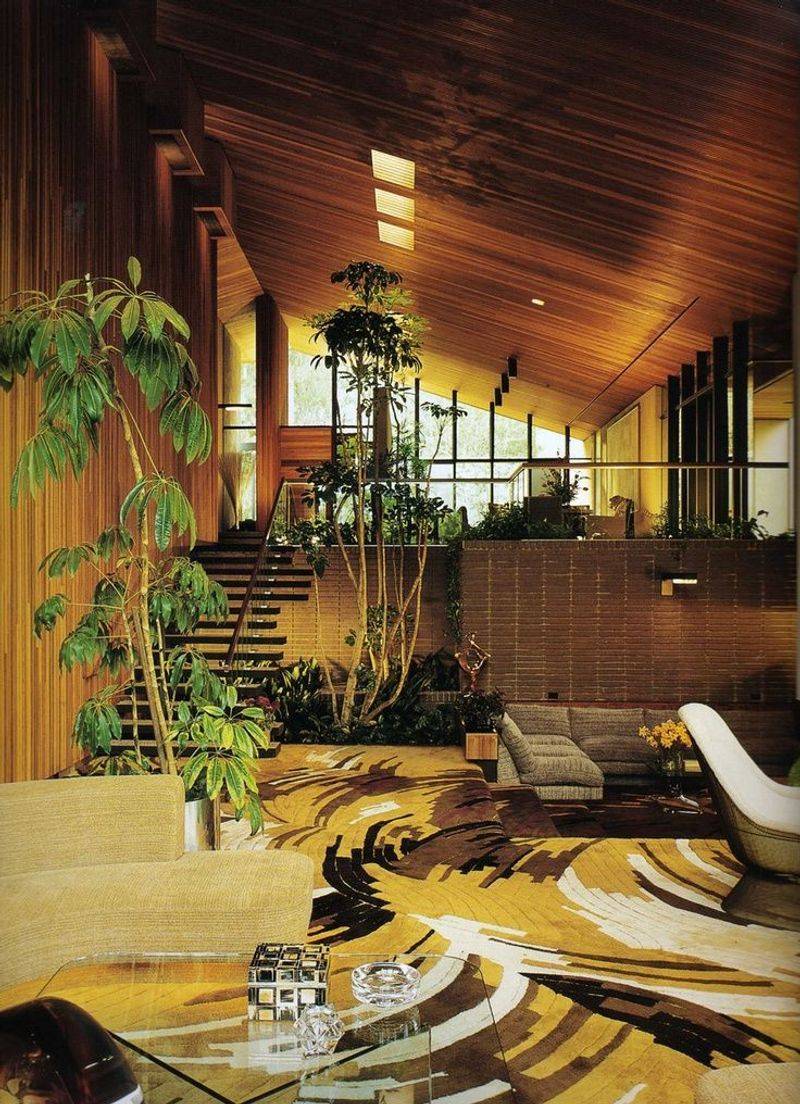
Split-level homes create architectural drama with their half-flights of stairs leading to different living zones. These Brady Bunch-style houses make everyday life feel like a stage play where family members make dramatic entrances from different levels. Popular from the 1950s through the 1970s, these homes feature open railings, partial walls, and that signature staggered floor plan.
Stepping into a well-preserved split-level triggers instant nostalgia, making you half-expect Alice to call everyone for dinner from the kitchen below.
10. Psychedelic Wallpaper Wonderlands
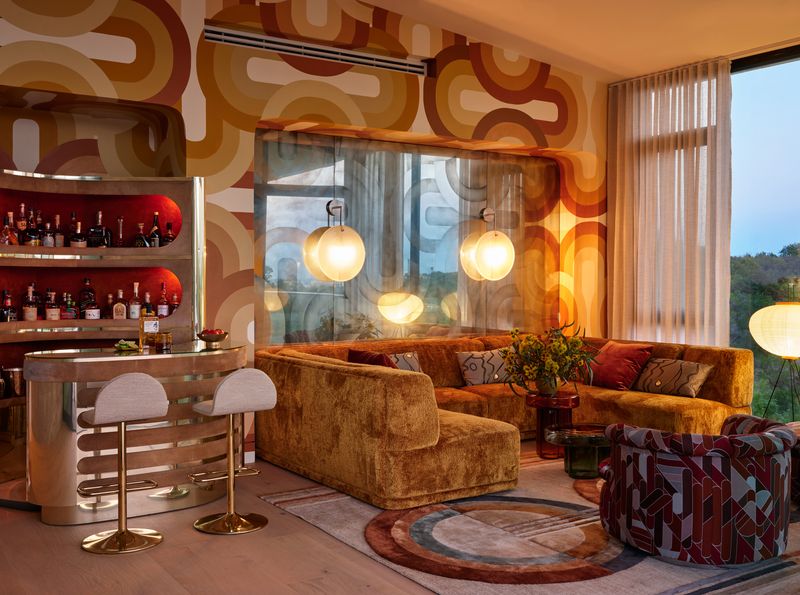
Bold floral prints in eye-popping colors climb the walls of 1960s and 70s homes like beautiful invasive species.
These wallpapered wonderlands feature patterns so loud they practically shout across decades, refusing to be ignored or forgotten. Mushroom motifs, geometric explosions, and flowers the size of dinner plates dominate these designs.
Walking into a room with original psychedelic wallpaper feels like stepping inside a kaleidoscope – slightly disorienting but utterly mesmerizing.
11. Circular Beds
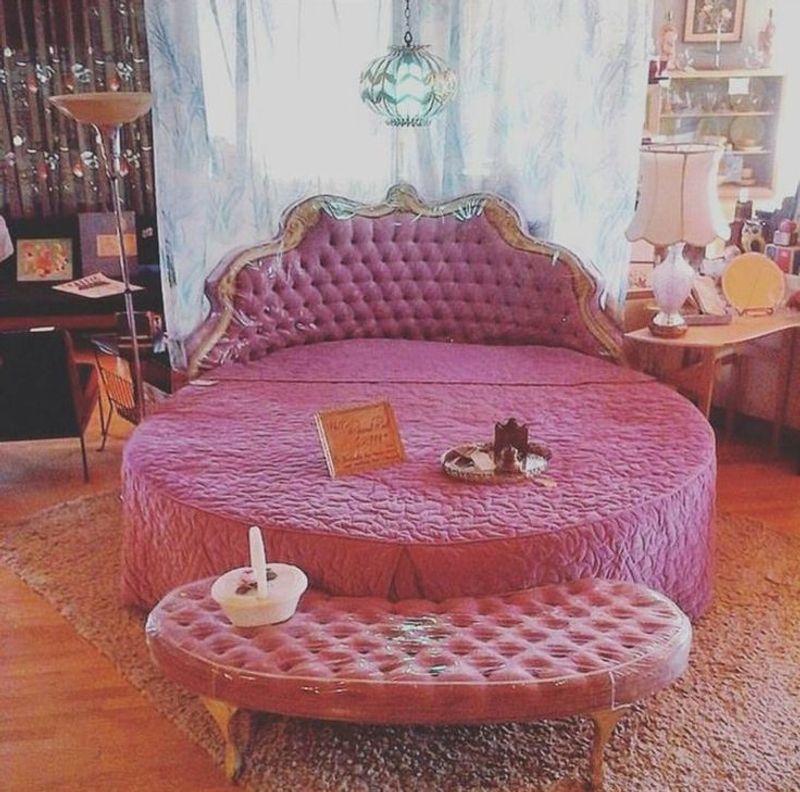
Nothing screams “1970s bachelor pad” louder than a circular bed centered in a bedroom like a velvet-covered spacecraft.
These statement sleeping arrangements were the ultimate symbol of swinging sophistication during the disco era. Often raised on platforms and accompanied by mirrored ceilings (subtle!), these round sleepers eliminated the age-old problem of feet hanging off the bed.
Though decidedly impractical for fitted sheets, circular beds remain the holy grail for retro home enthusiasts seeking peak 70s glamour.
12. The Shag Carpet Playground
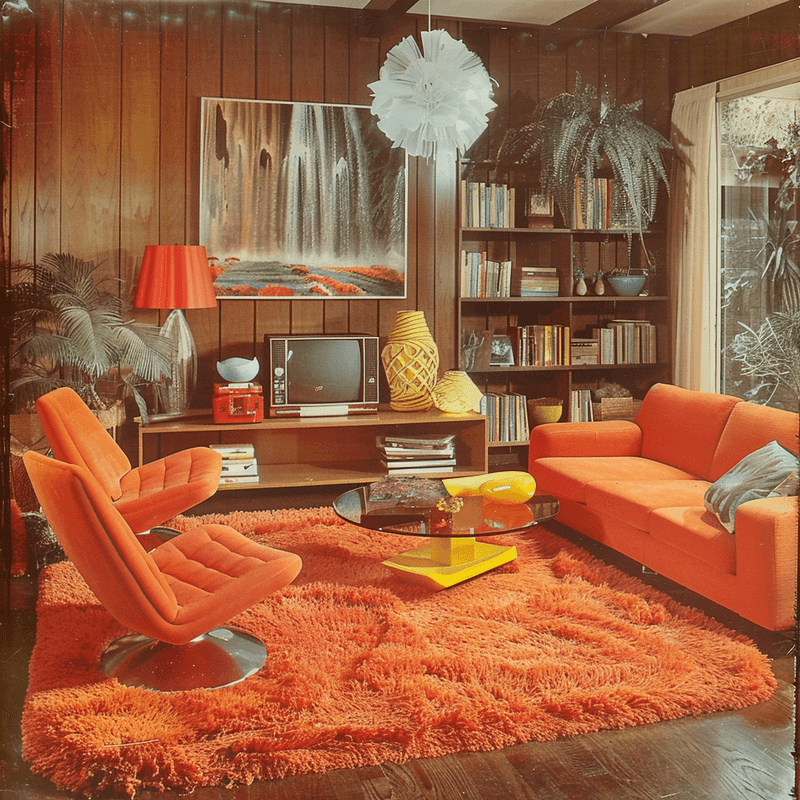
Ankle-deep carpeting in rainbow hues transforms ordinary living rooms into tactile adventures.
Shag carpets from the 1970s weren’t just floor coverings – they were ecosystems where lost keys, coins, and occasionally small pets disappeared without a trace. Orange, brown, and green were popular colors for these fuzzy floors that required special rakes to maintain their luxurious height.
Kids who grew up with shag carpeting recall the unique experience of lying face-down in what felt like a warm, slightly dusty field of synthetic grass.
13. The Harvest Gold Dynasty
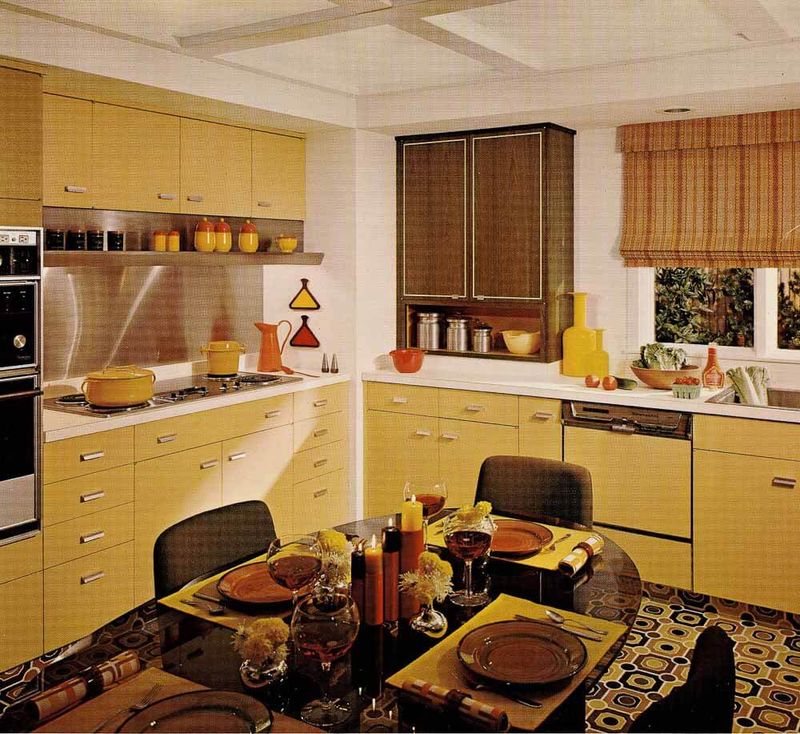
Harvest gold, that distinctive yellowy-orange hue, conquered American homes in the 1970s like a fashionable virus.
From refrigerators to fondue pots, this warm metallic color symbolized sophistication before we all collectively agreed it didn’t. Kitchens draped in harvest gold appliances, countertops, and even telephones created a cohesive look that screamed “I’m stylish in 1974!”
Those lucky enough to find a home with a preserved harvest gold bathroom have the ultimate retro treasure – a gold-toned time capsule complete with matching towels and soap dishes.
14. The Kidney-Shaped Swimming Pool Oasis
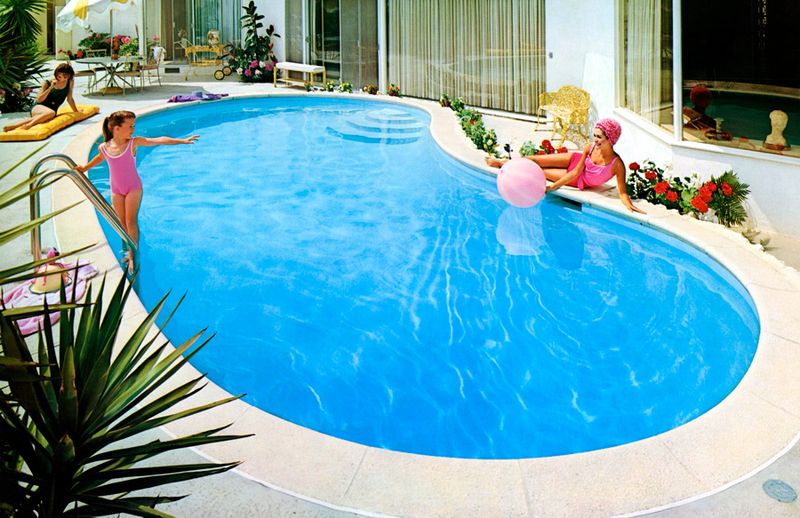
Curvy, kidney-shaped swimming pools define mid-century backyard leisure like nothing else.
These aquatic amoebas surrounded by concrete decking and aluminum loungers represent the pinnacle of post-war prosperity and relaxation. Unlike today’s rectangular pools, these organic shapes feel somehow friendlier and more playful.
Add some tiki torches, a poolside bar, and neighbors in cat-eye sunglasses, and you’ve got a backyard straight out of a vintage postcard from Palm Springs.
15. Pole House
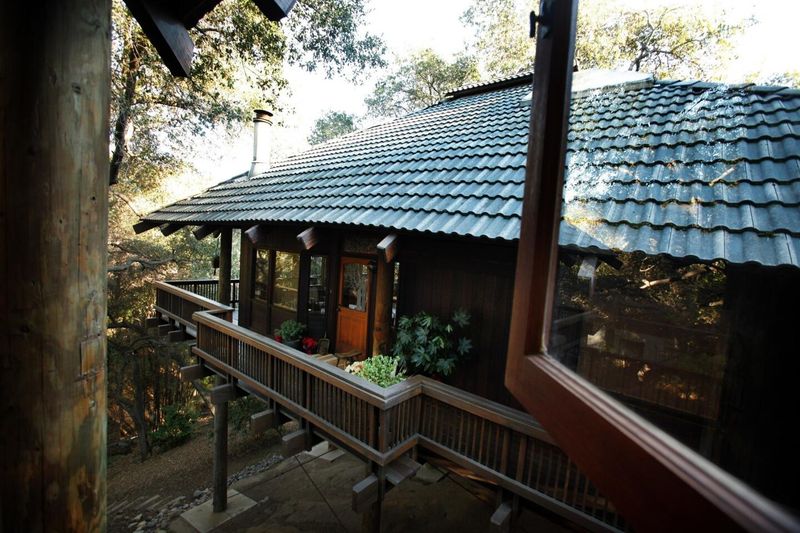
Perched on stilts like architectural flamingos, pole houses from the 1960s and 70s defy gravity while providing dramatic views.
These stilted structures became popular in coastal and mountainous areas, creating the sensation of floating above the landscape. Living rooms with wall-to-wall windows showcase panoramic vistas, making everyday life feel like a permanent vacation.
The space beneath these elevated homes often serves as carport or additional outdoor living area, proving that retro architects really knew how to maximize every inch of property.
16. The Knotty Pine Kitchen Haven
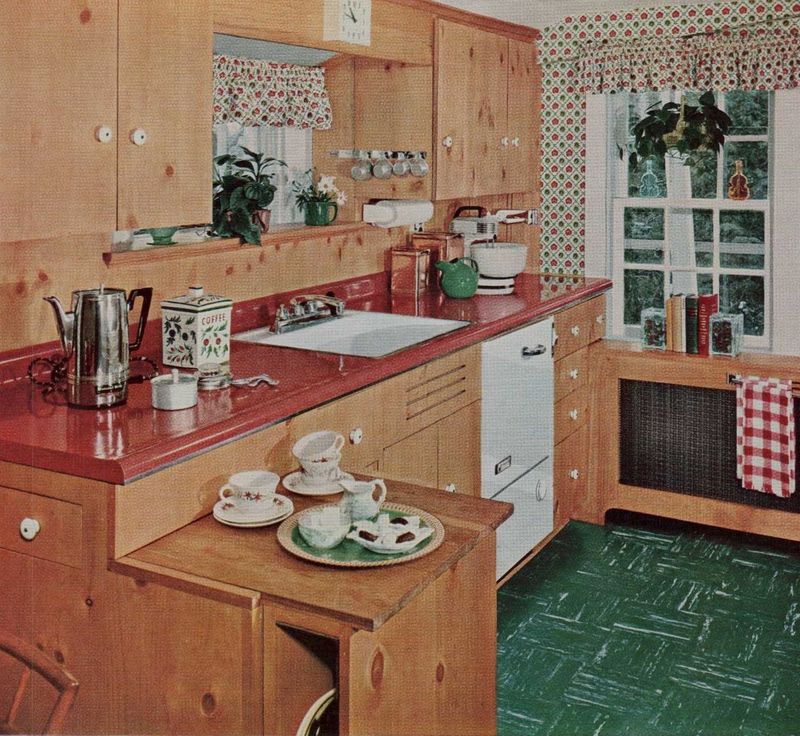
Warm, honey-colored knotty pine cabinets transform kitchens into cozy mountain lodges regardless of actual location.
These rustic beauties dominated 1950s and 60s homes, bringing the outdoors inside with their distinctive grain patterns and knots. Often paired with red and white checkered curtains and copper accessories, knotty pine kitchens exude nostalgic warmth.
The wood darkens beautifully with age, creating an amber glow that no modern cabinet finish can replicate – like cooking inside a vintage photo filter.
17. Sunburst Clock
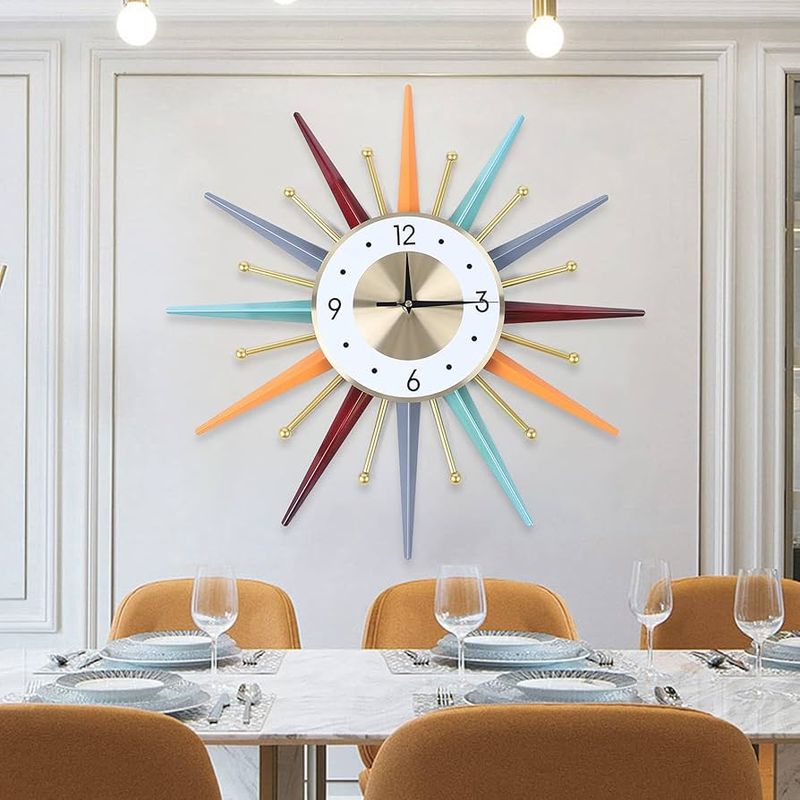
Spiky like metallic sea urchins, sunburst clocks served as the focal point in mid-century living rooms across America.
These atomic age timepieces with their radiating metal rays transformed mundane timekeeping into wall art. George Nelson’s iconic designs inspired countless variations in brass, copper, and wood.
Hanging above Danish modern credenzas, these starburst beauties kept time while making a bold design statement – proving that even functional items could be fabulous during the mid-century era.
18. The Formica Paradise
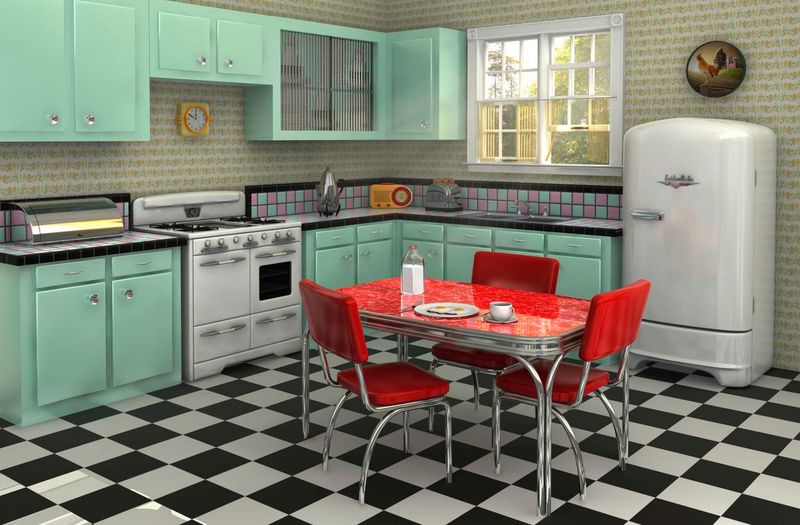
Boomerang patterns, glitter flecks, and candy colors make vintage Formica the unsung hero of retro kitchens.
These laminate countertops and table surfaces withstood decades of family meals while maintaining their distinctive atomic-age patterns. Pink, turquoise, and yellow were popular colors, often paired with chrome trim that gleamed under fluorescent lighting.
Finding a home with original boomerang Formica is like discovering buried treasure for mid-century enthusiasts – a patterned portal to post-war optimism.
19. Bubble Chair
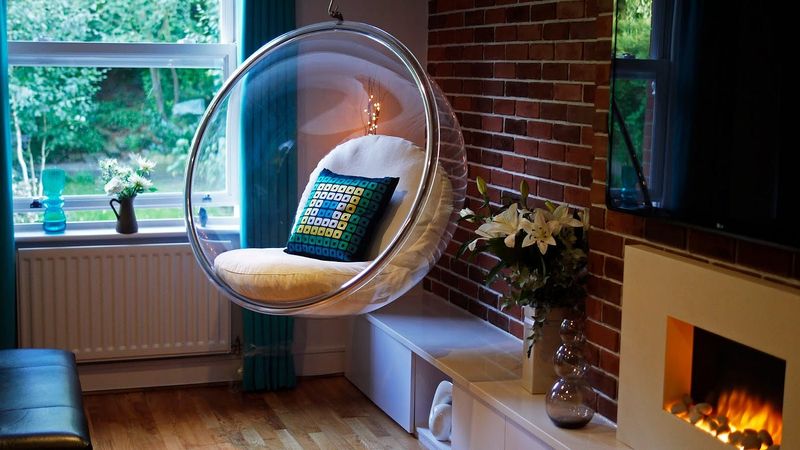
Suspended from ceilings like transparent planets, Eero Aarnio’s bubble chairs epitomize space-age living room cool.
These clear acrylic spheres created personal space pods before open-concept living made privacy extinct. Sitting in a bubble chair feels like floating in your own transparent world, observing life from a slightly elevated perspective.
The distinctive egg shape and chain suspension system make these iconic pieces instantly recognizable as symbols of 1960s futuristic optimism.


